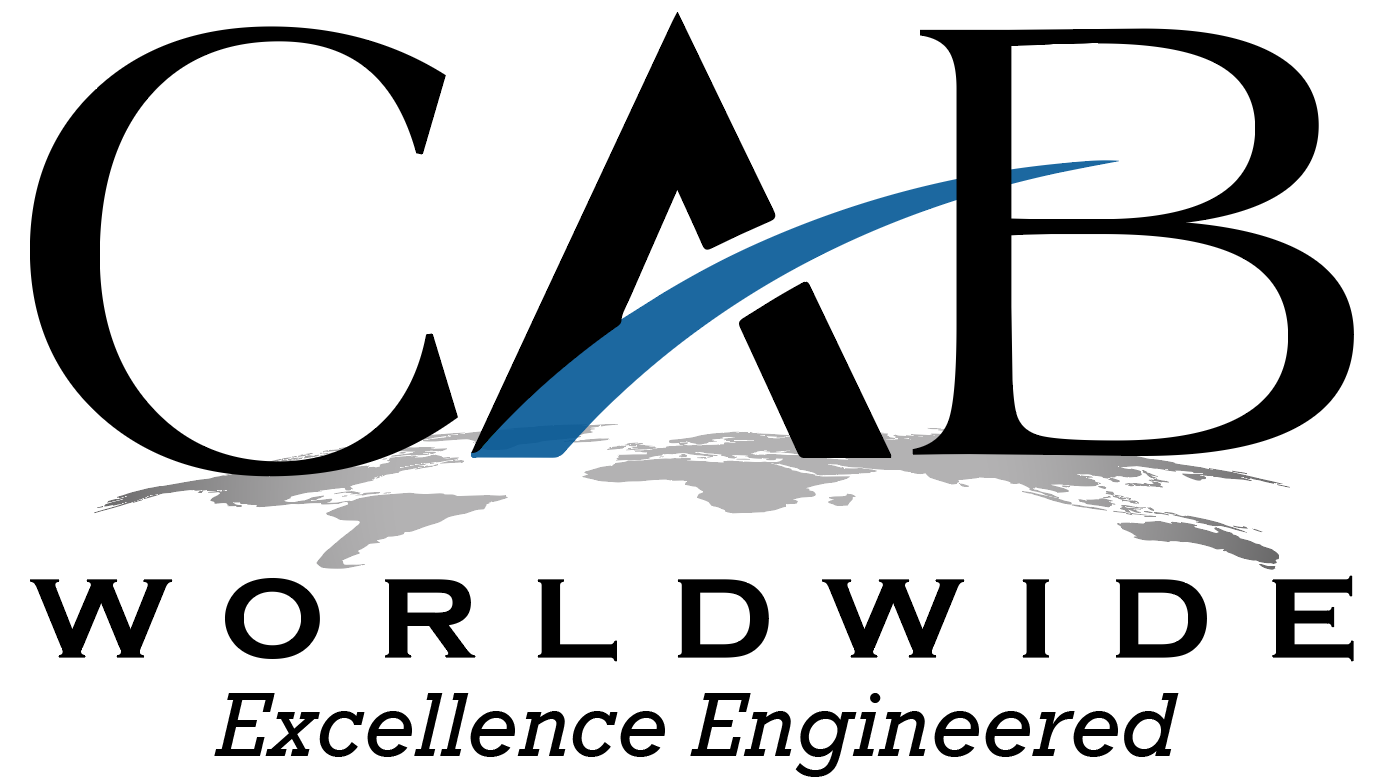When it comes to total cost of ownership, there are a number of different factors that determine the real price of imported goods versus products that are made in the United States. The quickly rising tally of many of these costs has helped to drive some reshoring and nearshoring efforts in recent years. Some products, especially in industrial markets, will likely continue to be supplied from offshore suppliers because of lack of domestic manufacturing capacity. If you are going offshore, be sure to account for these costs and consider using a company like CAB Worldwide to handle your offshore purchases. We have teams on the ground overseas as well as in the U.S. to manage quality and logistics and minimize your risk with offshore goods – lowering your Total Cost of Ownership.
In some cases, these costs seem obvious, though you might not think of them right off the bat.
- Cost of Process Management – When dealing with plants across the globe, a business will have to invest in a longer, more complex supply chain. This can mean a need for more powerful inventory management systems and extra staffing. The need to oversee such an extensive the supply chain can add cost, and stress.
- Cost of Travel – Oversight of offshore operations is necessary. This can include flying staff members out for training, accountants to audit overseas plants, and management to tour plants and meet and greet workers. And the cost of travel is much more than just plane tickets and regular wages – it also includes housing, meals, rental cars, and other related expenses.
- Cost of Shipping – Moving materials from one part of the world to another can add up quite fast. In addition to pure shipping costs, there are also the associated taxes and tariffs that may be applied to the final cost.
- Cost of Quality – While offshoring can certainly increase the quantity of goods being delivered, there are often quality control issues. Many countries do not follow the same quality control standards as plants in America are required to do. Corners might be cut, or unapproved materials may be used. Correcting these quality failures can be even more costly than making sure they don’t occur in the first place.
- Cost of Disruptions – A number of disruptions can occur in the course of doing business overseas. One factor that has been highlighted in recent times is shipping ports. The slowdown of work at West Coast ports held up thousands of deliveries, leaving shipments stranded for weeks. Disruptions can also come from embargoes, military actions, and regime changes in offshoring countries. All of these issues can add cost and time to your offshore supply chain.
CAB has more than 35 years of experience working with offshore vendors. We are able to drive out the risks and keep the lowest overall cost possible.
